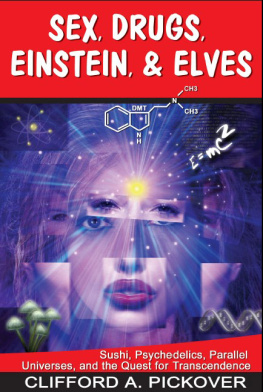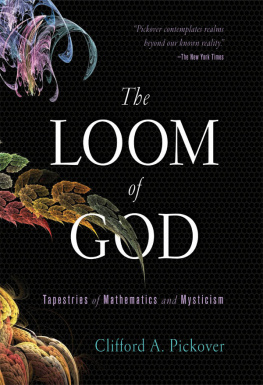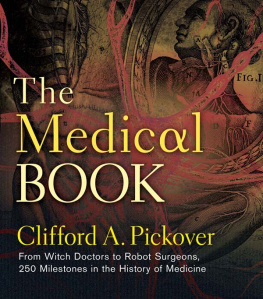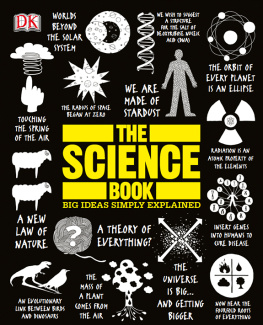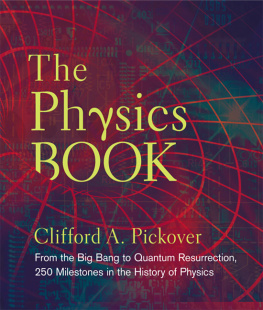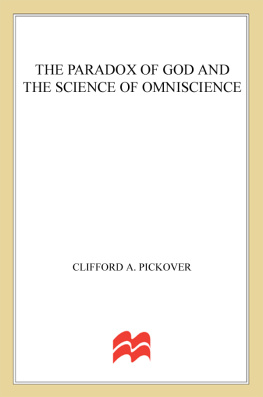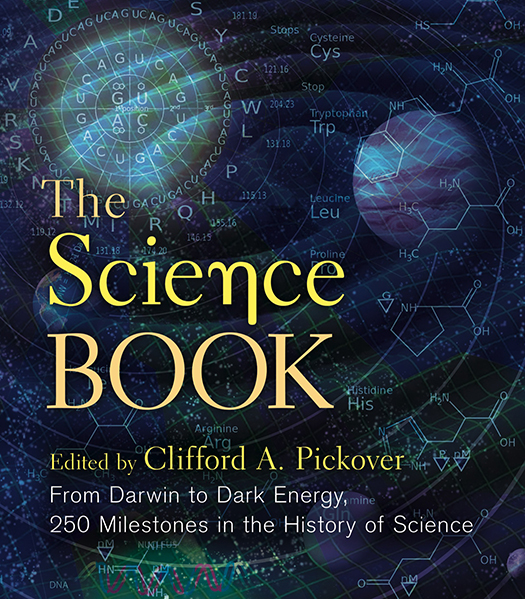STERLING and the distinctive Sterling logo are registered trademarks of Sterling Publishing Co., Inc.
Introduction 2018 Sterling Publishing Co., Inc.
All rights reserved. No part of this publication may be reproduced, stored in a retrieval system, or transmitted in any form or by any means (including electronic, mechanical, photocopying, recording, or otherwise) without prior written permission from the publisher.
For information about custom editions, special sales, and premium and corporate purchases, please contact Sterling Special Sales at .
See for Photo Credits.
Introduction
It is the most persistent and greatest adventure in human history, this search to understand the universe, how it works and where it came from. It is difficult to imagine that a handful of residents of a small planet circling an insignificant star in a small galaxy have as their aim a complete understanding of the entire universe, a small speck of creation truly believing it is capable of comprehending the whole.
Murray Gell-Mann, in John Bosloughs Stephen Hawkings Universe, 1989
The Scope of Science and Mathematics
Today scientists and mathematicians roam far and wide, studying an awesome variety of topics and fundamental laws in order to understand the behavior of nature, the universe, and the very fabric of reality. Physicists ponder multiple dimensions, parallel universes, and the possibilities of wormholes connecting different regions of space and time. Biologists, physicians, and ethicists consider organ transplants, gene therapy, and cloning, while the studies of DNA and the human genome yield secrets about fundamental aspects of life itself. The usefulness of mathematics allows us to build spaceships and investigate the geometry of our universe. Interestingly, a significant number of discoveries in basic physics have also led to a range of medical tools and have helped to reduce human suffering and save lives (for example, X-rays, ultrasonagraphy, magnetic resonance imaging, and more.)
While the discoveries of scientists and mathematicians often lead to new technologies, they also can change our philosophies and the way we look at the world. For example, for many scientists, the Heisenberg Uncertainty Principle means that the physical universe literally does not exist in a determinist form but is rather a mysterious collection of probabilities. Advances in the understanding of electromagnetism led to the invention of the radio, television, and computers. Understanding of thermodynamics led to the invention of the car.
As will become apparent as you peruse this book, the precise scope of science and mathematics has not been fixed through the ages, nor is it easily delimited. I have taken a rather wide view and have included topics that touch on engineering and applied physics, advances in our understanding of the nature of astronomical objects, and even a few topics that are quite philosophical. Despite this large scope, most areas of science have in common a strong reliance on mathematical tools to aid scientists in their understandings, experiments, and predictions about the natural world.
Albert Einstein once remarked that the most incomprehensible thing about the world is that it is comprehensible. Indeed, we appear to live in a cosmos that can be described or approximated by compact mathematical expressions and physical laws. However, beyond discovering these laws of nature, scientists often delve into some of the most profound and mind-boggling concepts that humans have ever contemplatedtopics ranging from relativity and quantum mechanics to string theory and the nature of the Big Bang from which the universe evolved. Quantum mechanics gives us a glimpse of a world that is so strangely counterintuitive that it raises questions about space, time, information, and cause and effect. However, despite the seemingly mysterious results of quantum mechanics, this field of study is applied in numerous fields and in technologies that include the laser, the transistor, the microchip, and magnetic resonance imaging.
This book is also about the people behind many of the great ideas of science and mathematics. Physics, for example, is the foundation of modern science, and it has fascinated men and women for centuries and included some of the worlds greatest and most intriguing minds, such as Isaac Newton, James Clerk Maxwell, Marie Curie, Albert Einstein, Richard Feynman, and Stephen Hawking. These individuals have helped change the way we think about at the universe. In the fields of medicine, Ambroise Par and Joseph Lister changed how we deal with injuries and diseases. Consider the use of ligatures to stem the flow of blood during surgeries, for example, as performed by the French surgeon Par (15101590) or the use of antiseptic surgery, which was promoted by British surgeon Lister (18271912) and his use of carbolic acid (now called phenol) as a means for sterilizing wounds and surgical instruments, which dramatically reduced post-operative infections. Beyond these kinds of practical accomplishments, Marie Curie, the physicist and chemist who conducted groundbreaking research on radioactivity, also reminds us about the adventure in science, stating: I am among those who think that science has great beauty. A scientist in his laboratory is not only a technician: he is also a child placed before natural phenomena which impress him like a fairy tale.... If I see anything vital around me, it is precisely that spirit of adventure, which seems indestructible and is akin to curiosity.
Welcome to The Science Book, which ranges from theoretical and eminently practical topics to the odd and perplexing. Well encounter mysterious dark energy, which may one day tear apart galaxies and end the universe in a terrible cosmic rip, and the blackbody radiation law, which started the science of quantum mechanics. The Copernican System, evolution, antibiotics, the Periodic Table, the steam engine, and anesthesia all make an appearance in this book. Well travel through time and space, leaping through the ages, from the creation of bronze (c. 3300 BCE ), iron smelting (c. 1300 BCE ), and the development of Roman concrete (c. 125) to the first industrial synthesis of polyethylene (1933), which is the most common plastic in the world today. In biological arenas, well witness the cultivation of wheat and the domestication of animals, and explore the fossil record, food webs, and insect dance language.
It may seem unusual to some readers to see so many mathematical entries in a book about science. However, I have intentionally emphasized mathematics. After all, mathematics has permeated every field of scientific endeavor and plays an invaluable role in biology, physics, chemistry, economics, sociology, and engineering. Mathematics can be used to help explain the colors of a sunset or the architecture of our brains. Mathematics helps us build supersonic aircraft and roller coasters, simulate the flow of Earths natural resources, explore subatomic quantum realities, and image faraway galaxies. Mathematics has changed the way we look at the cosmos.




